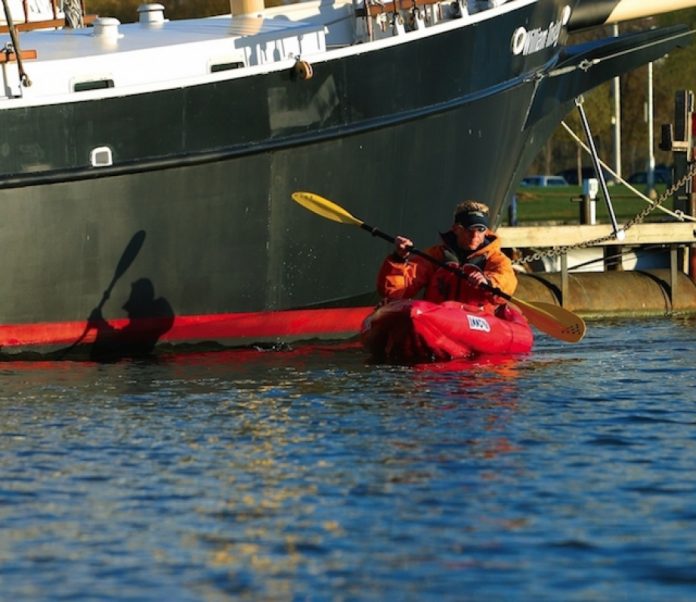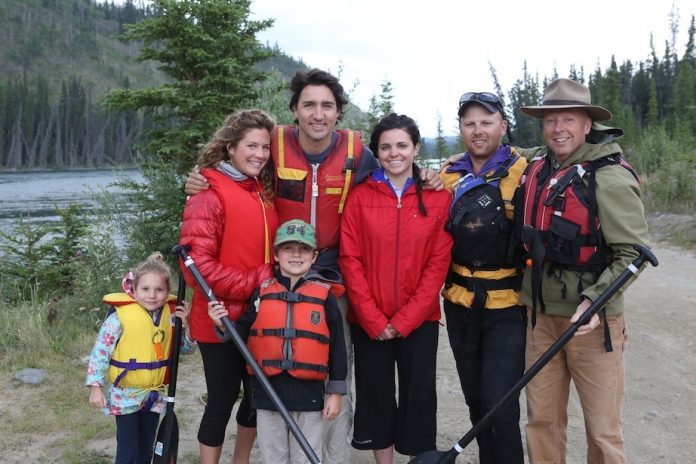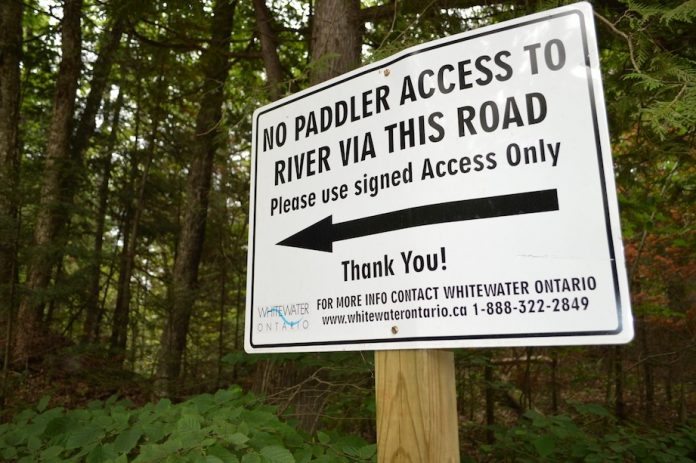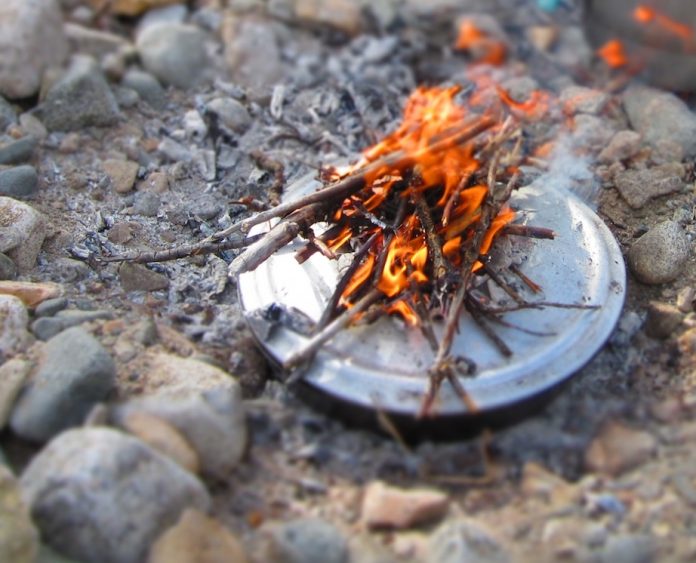It’s day eight and we’ve reached Lava Falls, arguably the largest rapid in the Grand Canyon. Overhead, the sun is blinding. The canyon is a chameleon and has changed its look again, opening up to a panoramic desert view. Just yesterday, we were paddling with icicles forming on our helmets. The cold front that lingered for days is f inally gone. As we float closer, our anticipation heightens. Most of us take the scenic hike up river right to scout. Even from up here, it still looks big. After watching a few in the group style the rapid, the rest of us head down to our respective boats. One after another, we peel out.
Any self-supported kayak trip, let alone one down the Grand Canyon, is an adventure of a lifetime. Although more common in recent years, remote multi-day whitewater trips are still a relative rarity amongst everyday paddlers and are usually reserved for epic first descents in far-off destinations. There are many rivers in the United States perfect for a multi-day trip, and it’s easier than you might think. In January, I paddled the Grand Canyon self-supported—instead of having rafts or larger crafts haul gear, we packed our kayaks to the brim with everything needed for weeks on the water, and I do mean everything. It’s not just paddling gear and rescue gear, but food and a cook stove, tents and sleeping bags, and, everyone’s least favorite, the groover. Once you’ve established your route, here’s how to do everything else.
Heavy Hitter
The first step is to find your vessel. Look for a crossover boat. My boat of choice was the Pyrahna Fusion, a whitewater boat that allowed me to pack 20 gallons of gear in a dry storage hatch in the stern, fit a little more in the bow and still paddled well.
Even with such a big load, your kayak will handle fine, but you will feel the additional weight. What you lose in maneuverability, you’ll make up for with driving force. You’ll feel like you can blast through any rapid. The Colorado is big water with relatively few obstacles. There are certainly some large holes, but for the most part it’s large waves—perfect for a loaded boat. Since the rapids don’t require too much maneuvering, we were able to paddle the river with our skegs down. The skeg, traditionally used for staying straight and fast in flatwater, proved to be equally useful in the rapids.
Chow Down
Expect to work on a self-supported trip and pack for burning extra calories. Kayakers usually paddle in 10 to 14 days what rafts take upwards of 20 days to do. Add in the amazing side hikes and you know your entire body is going to be fatigued by day’s end. Proper nutrition and hydration becomes of utmost importance to ensure you don’t become a liability to your group members.
As for what kind of food to bring, think classic river snacks. You need items that can be packed into your boat as efficiently as pos- sible. Lightweight, non-perishable items are the target. Peanut butter, oatmeal, bagels, tortilla wraps, jerky, dried fruit, trail mix, rice and bean packets, pasta and Clif bars are just a few common items. Blocks of cheese, tuna and dehydrated meats are also good choices. Watch out for spoilage in meats and cheeses, especially if you’re paddling in summer.
While everything mentioned above will certainly get you through breakfast and lunch, for dinner it’s nice to have something warm and flavorful. Dehydrated meals popular amongst backpackers are great—when you roll into camp tired from the day and still have to unpack your boat and set up your tent, you’ll be happy to have them. Just boil water and dinner is served.
Water, Water Everywhere
While having the proper amount of food is imperative, staying hydrated is your other primary concern. For group trips, gravity filters are becoming more popular because they’re efficient and simple to use. Simply fill up the bladder, then hang it on a tree branch and let the water be filtered into your water bottle via a hose. No need to stand by the water’s edge, pumping away. Whichever filtration method you use, ensure you know how to properly use and maintain it before venturing out. Bring a flavored drink mix to add as well, it’ll be a welcomed addition each day.
Staying Comfortable
For me, paddling the canyon in January meant dealing with cold temperatures. In fact, it was some of the coldest weather the canyon had seen in years. Luckily, we were prepared. Down coats, down booties, beanies, gloves, several pairs of wool socks and off-river pants were all essential pieces of clothing. Everyone wore union suits as a base layer. Remember, however, that you only have so much room in the kayak, so choose clothes wisely. Invest in a compression stuff sack for your clothes, it’ll save precious space that will be needed for other gear.
Paddling Gear
As for paddling gear, take the basics. Keep in mind, space needs to be set aside for extra paddles and extra PFDs. Paddling in January meant a good dry suit was essential. Between paddling through large volume rapids and going on hikes that required wading through ponds of water, the dry suit made all the difference. Tucked in the canyon, direct sunlight can be elusive. Getting wet would have meant serious discomfort, and even hypothermia.
Camping Gear
While your food and clothing take up plenty of space, you still need to fit in your camping gear. This is the part of packing that requires the most planning and coordinating. Not everyone in the group needs to bring his own tent. Paddlers can double up and split the gear between them when on the water. Even with the chilly weather, many of us couldn’t help but sleep out under the stars. Bring a high- quality sleeping pad—after a long day on the water you’ll be happy you did. Cooking equipment, including pots, pans, stoves and gas, are other items that can be shared.
If paddling in a national park you’ll be required to carry specific items for both your safety, as well as for the safety of the fragile ecosystem you are entering. Having fires is permitted, but they have to be contained in a collapsible fire pan and placed on a special fire blanket to prevent leaving ash behind. Water buckets and bleach provide a dishwashing station each day. And, of course, a compre- hensive first aid kit needs to be on hand.
Shit Tubes
The largest and most cumbersome item each one of us brought along was the human waste container—the groover. In the canyon you are required to pack out everything that you take into the park—all trash, ash from the fires, food particles and even human waste. This is common in sensitive ecosystems that see lots of traffic. The custom-made PVC tubes that each of us brought were the largest space-takers. Designed and built by a fellow trip member, these containers were placed between paddler’s knees and strapped down to a custom-made foam mount while paddling. The containers only got heavier as the days went by. Only semi-affectionately referred to as shit tubes, these containers were the source of much laughter and discussion. We were all pleasantly surprised that our custom-made tubes worked so well—they’re not a piece of gear you want to see malfunction. Since each person was responsible for his or her own groover, it made the entire process a much more sanitary and private matter.
Fitting It In
Unfortunately, there’s no perfect way to pack your boat and finding the best method is largely trial and error. Each morning is like play- ing a new game of Tetris. With that said, there are some basic ways to go about it. Start with the big items. It may feel like a bit of a wrestling match, but once larger items are in the boat you can fill up the empty space with all the smaller, miscellaneous items. Your boat will get heavy in a hurry. Our fully loaded boats weighed anywhere from 200 to 300 pounds at the start of the trip. Once packed, it took two people to carry the boats to shore. Focus on evenly distributing the weight in your boat or it won’t sit in the water evenly. If this hap- pens, you’ll likely experience some discomfort all day.
Best 9–5 Grind
Expect to spend a couple hours getting ready each morning. After cooking breakfast, visiting your groover and tearing down sleeping arrangements, you’re ready to get into your gear and begin to repack your kayak.
The Grand Canyon is intersected with amazing hikes, there are more than enough to do one or two a day. For us, that meant pad- dling four hours a day, covering about 20 miles, then taking to the hills. After setting up camp, it was time to relax around the fire pan. As much as we would try and stay up at night, we found that not long after sunset, we were beat. You can be sure that after all of the pack- ing, kayaking, hiking, and then unpacking, you’re in for a sound sleep.
Rob Fusilli paddled the Grand Canyon in January 2013. Look for him this summer guiding on the Youghiogheny River.
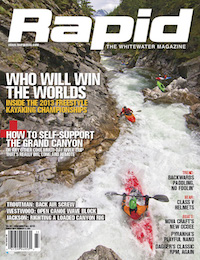 This article first appeared in the Summer/Fall 2013 issue of Rapid Magazine. For more great content, subscribe to Rapid’s print and digital editions here
This article first appeared in the Summer/Fall 2013 issue of Rapid Magazine. For more great content, subscribe to Rapid’s print and digital editions here



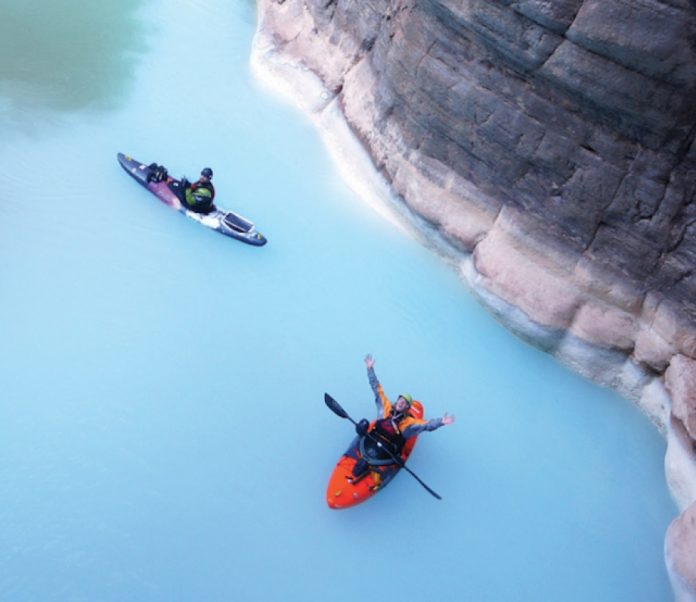


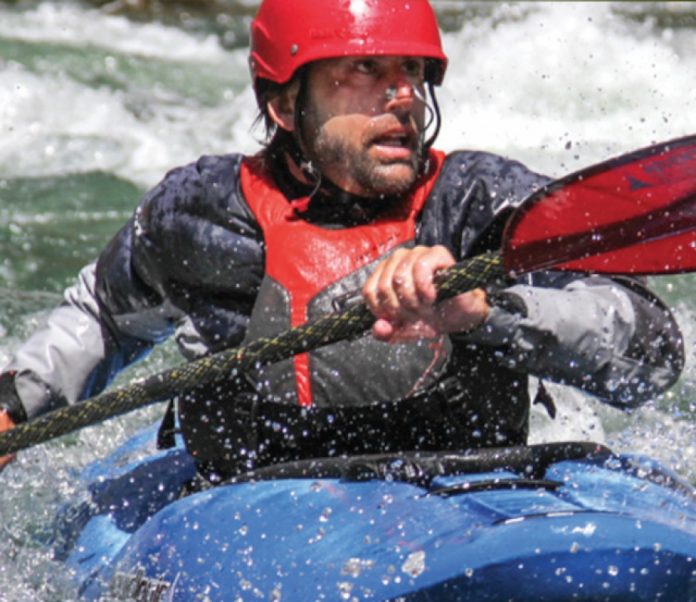
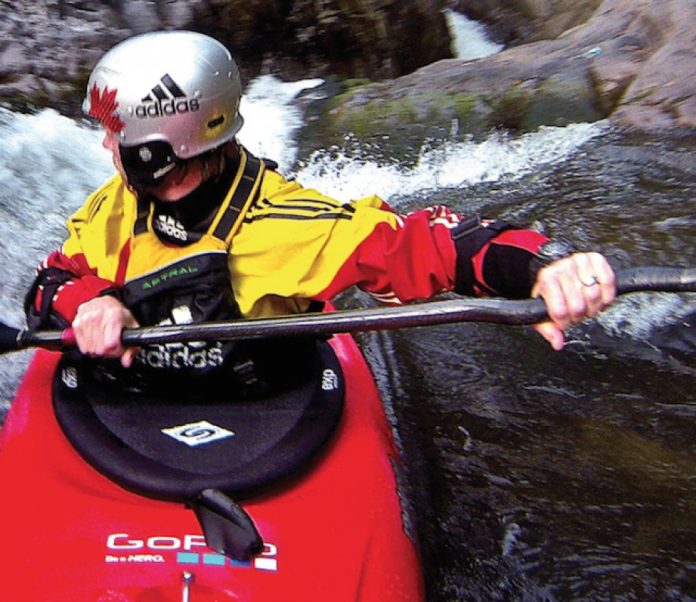
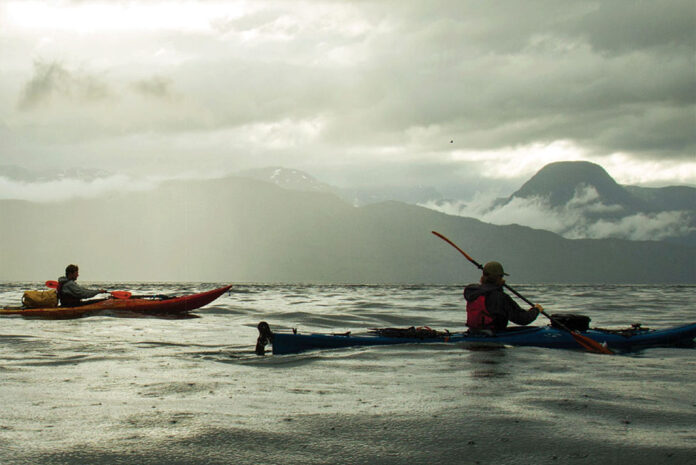
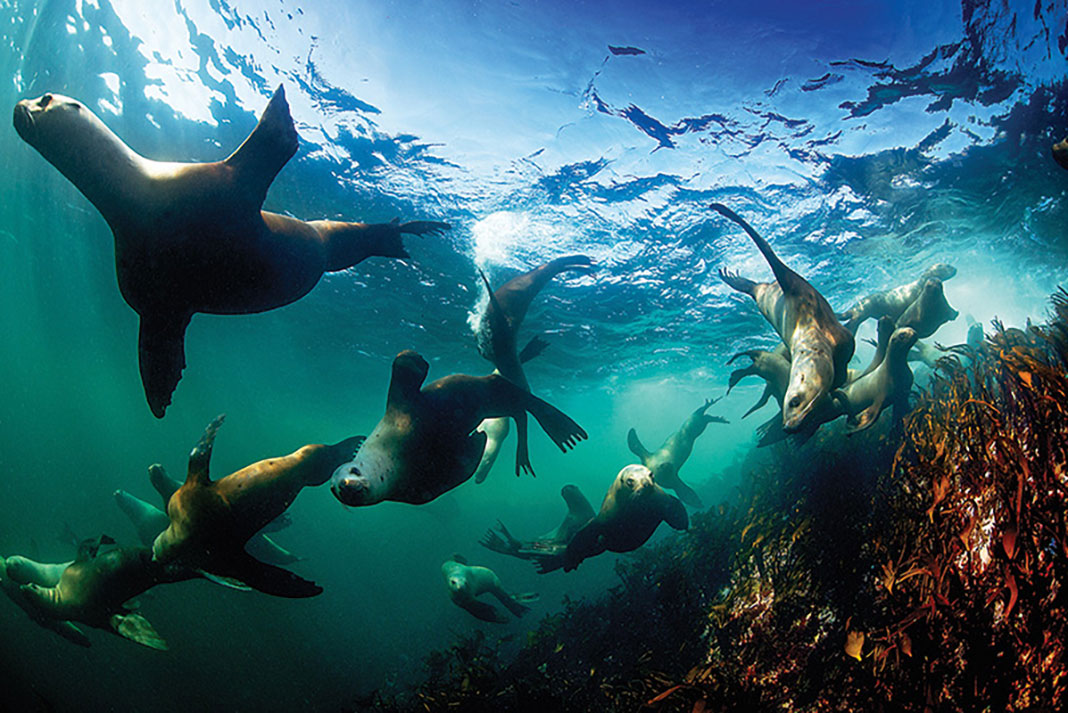
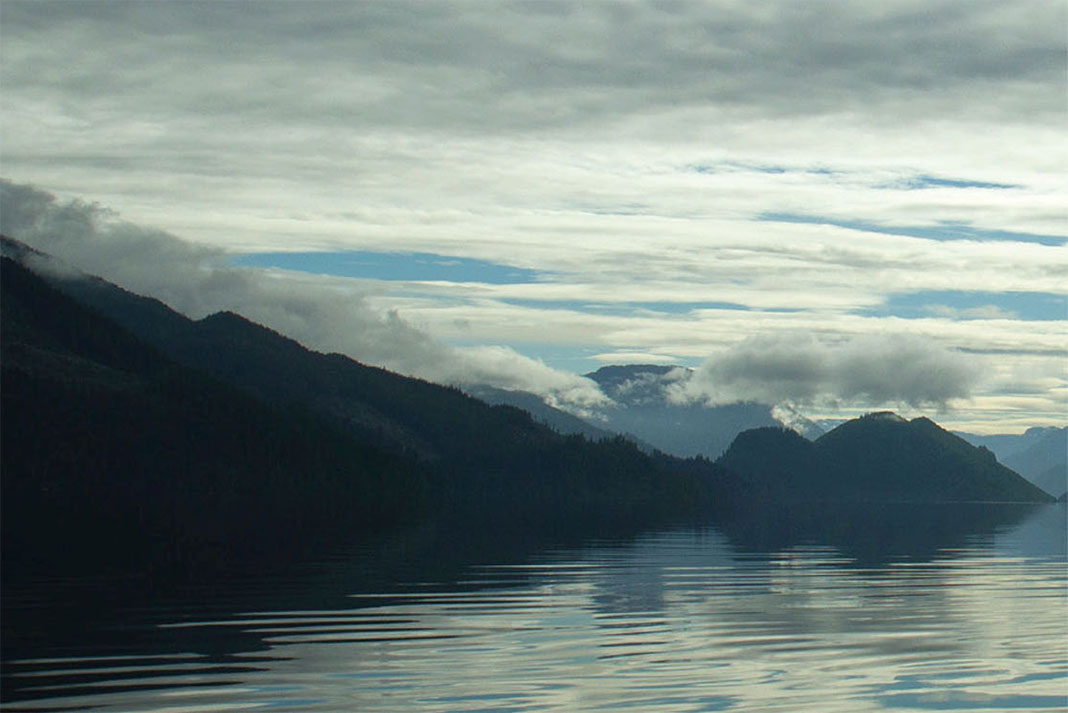
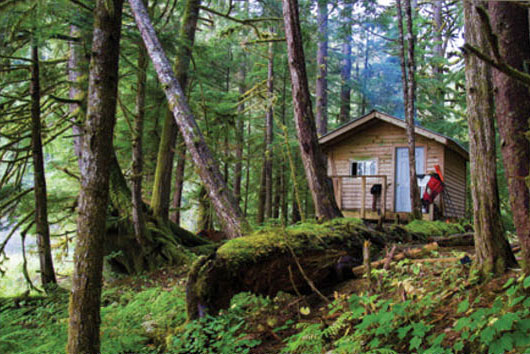
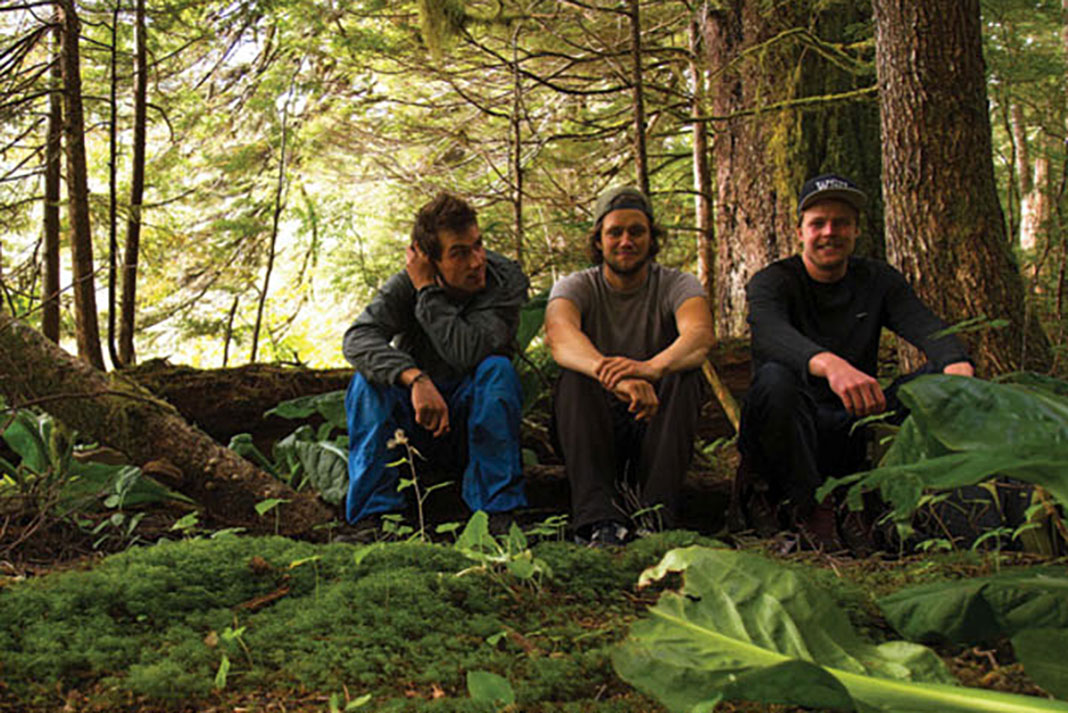
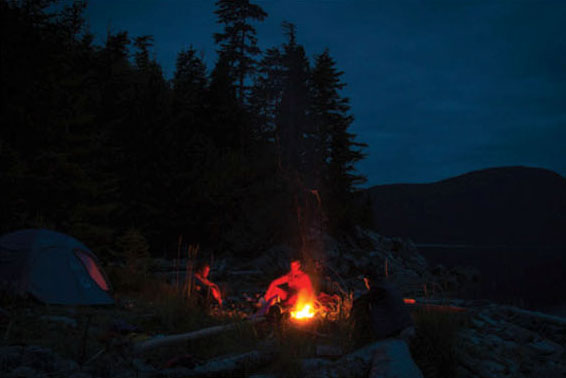
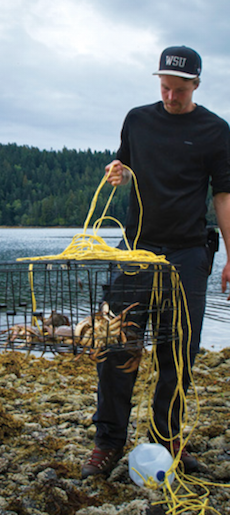
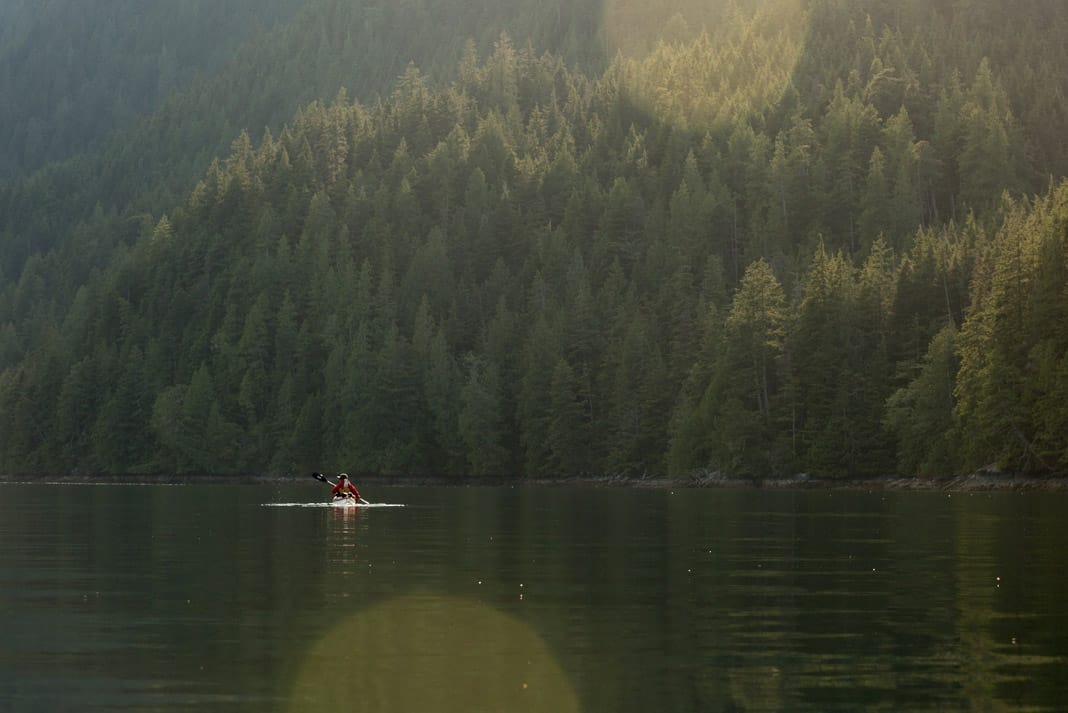
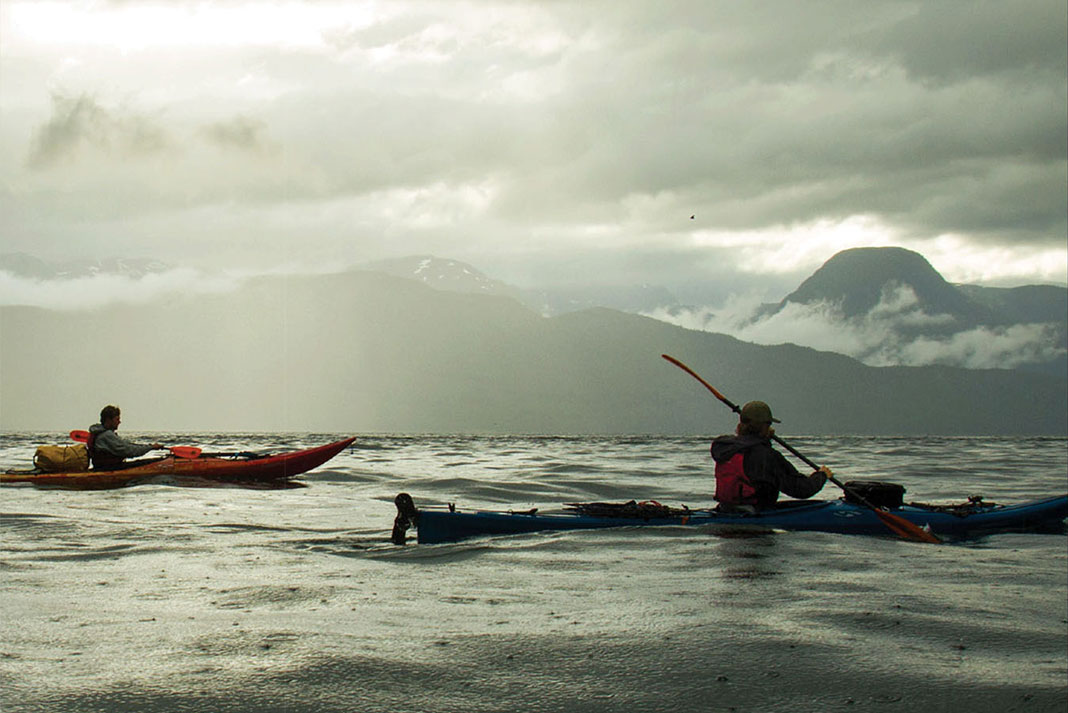
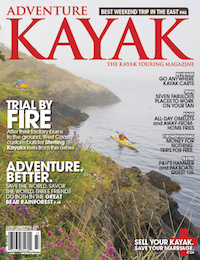 This article was first published in the Summer/Fall 2013 issue of Adventure Kayak Magazine.
This article was first published in the Summer/Fall 2013 issue of Adventure Kayak Magazine. 